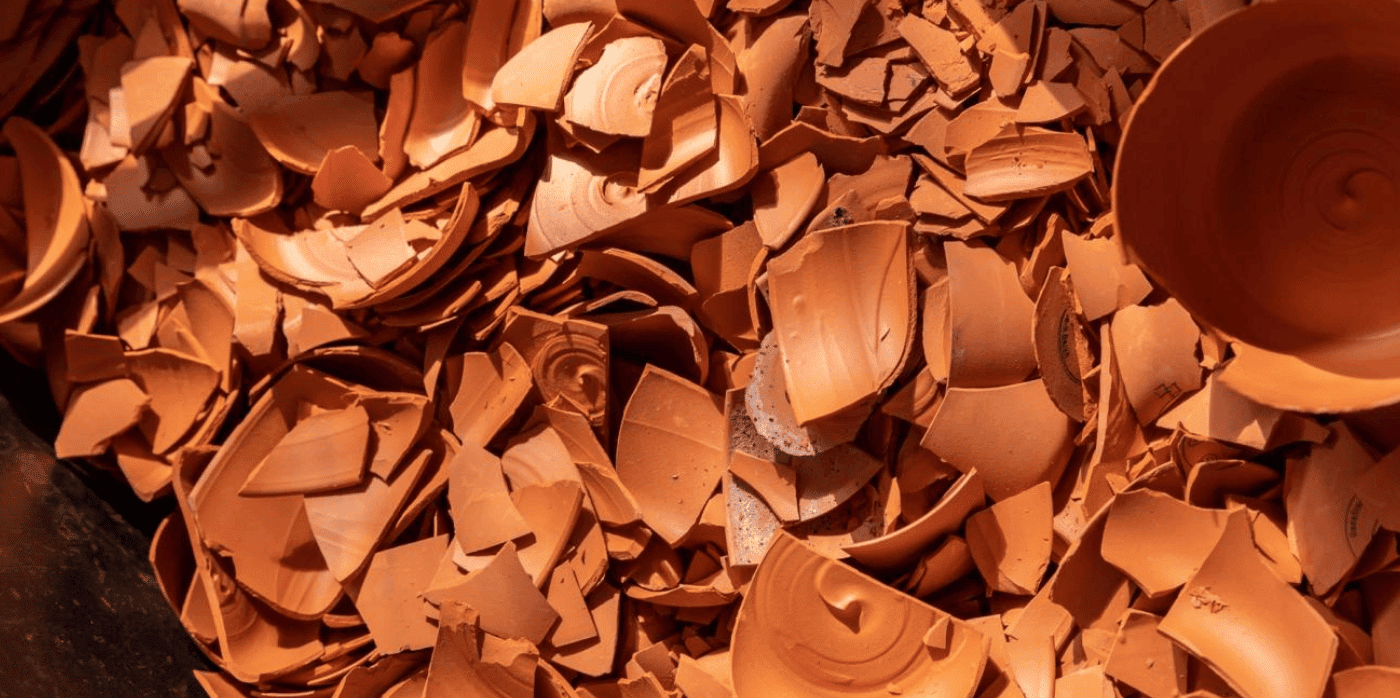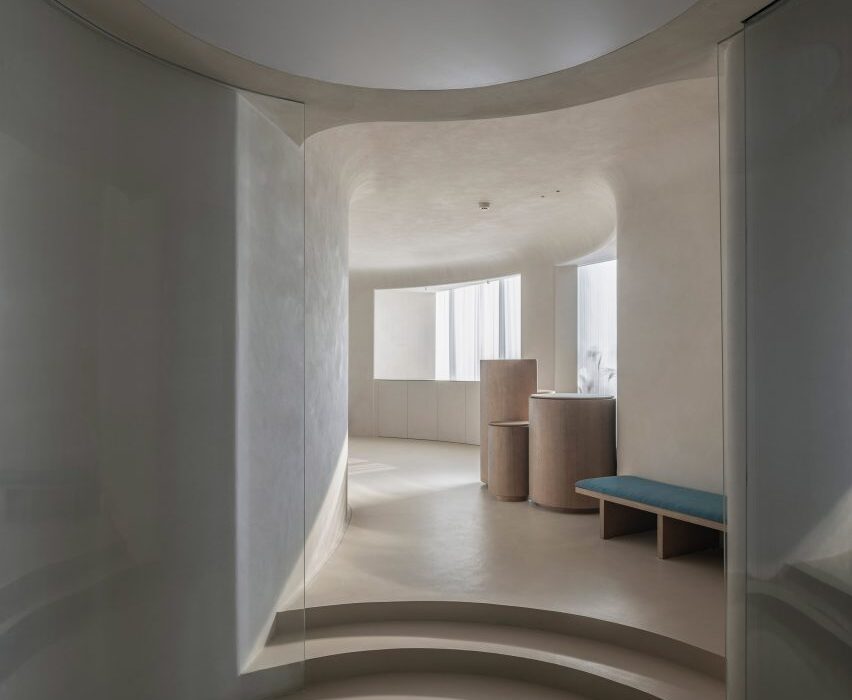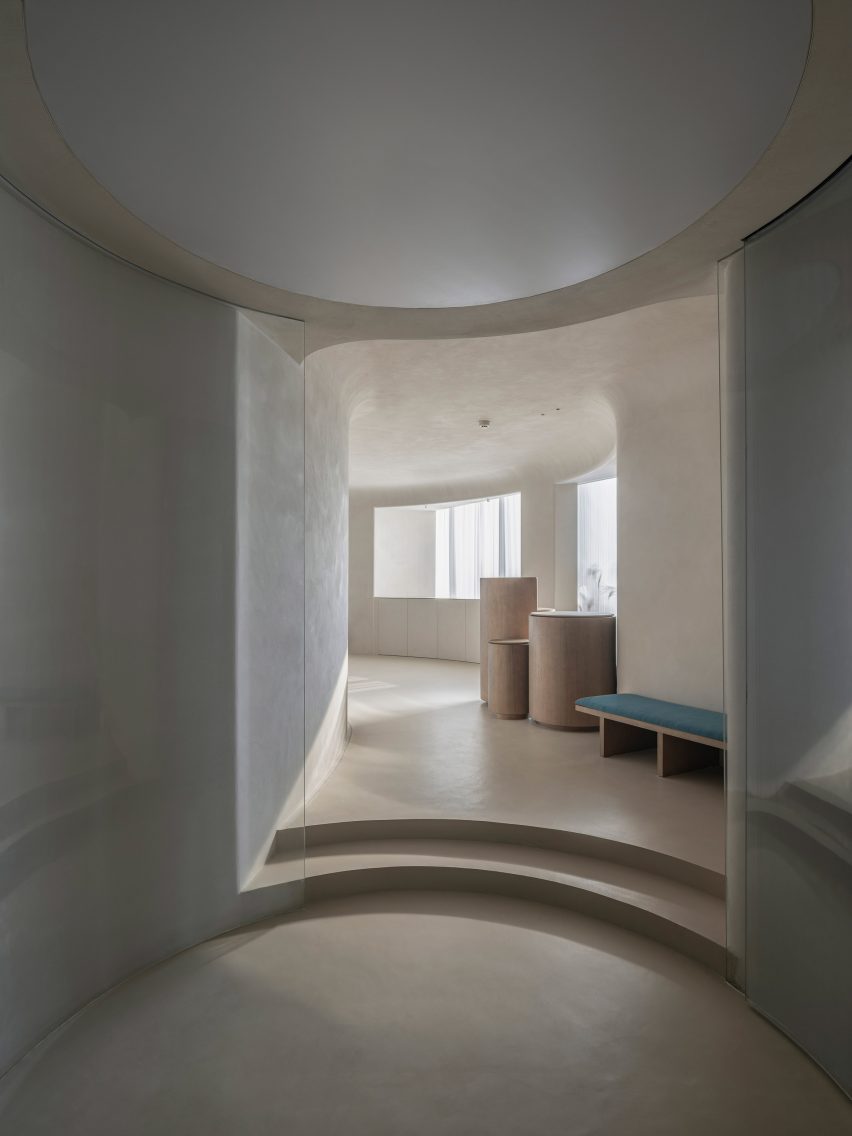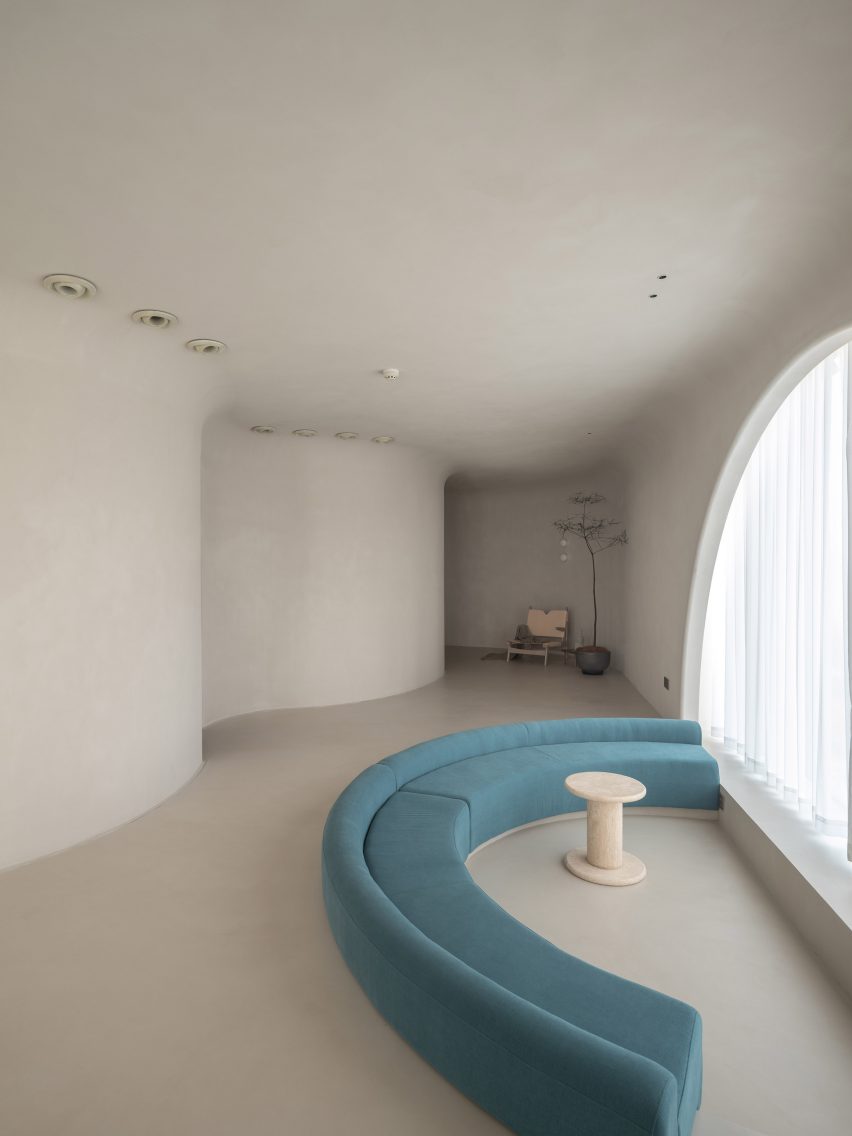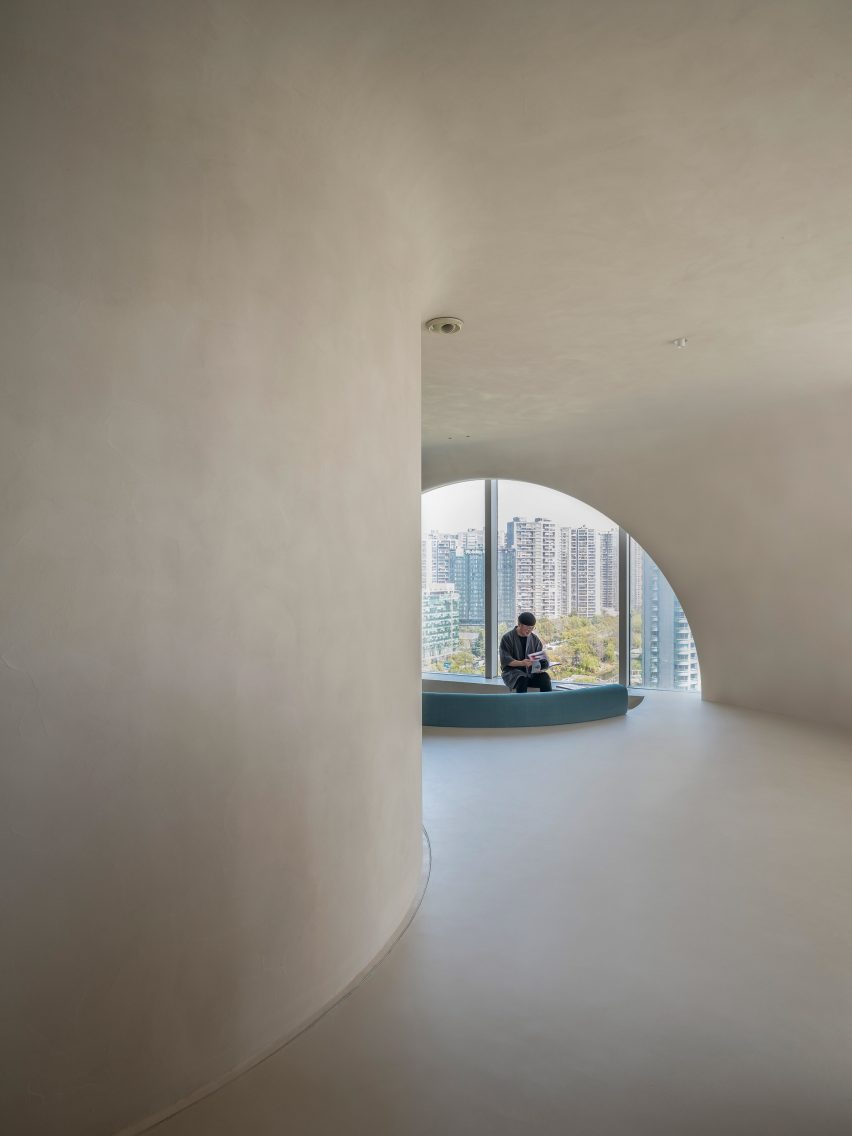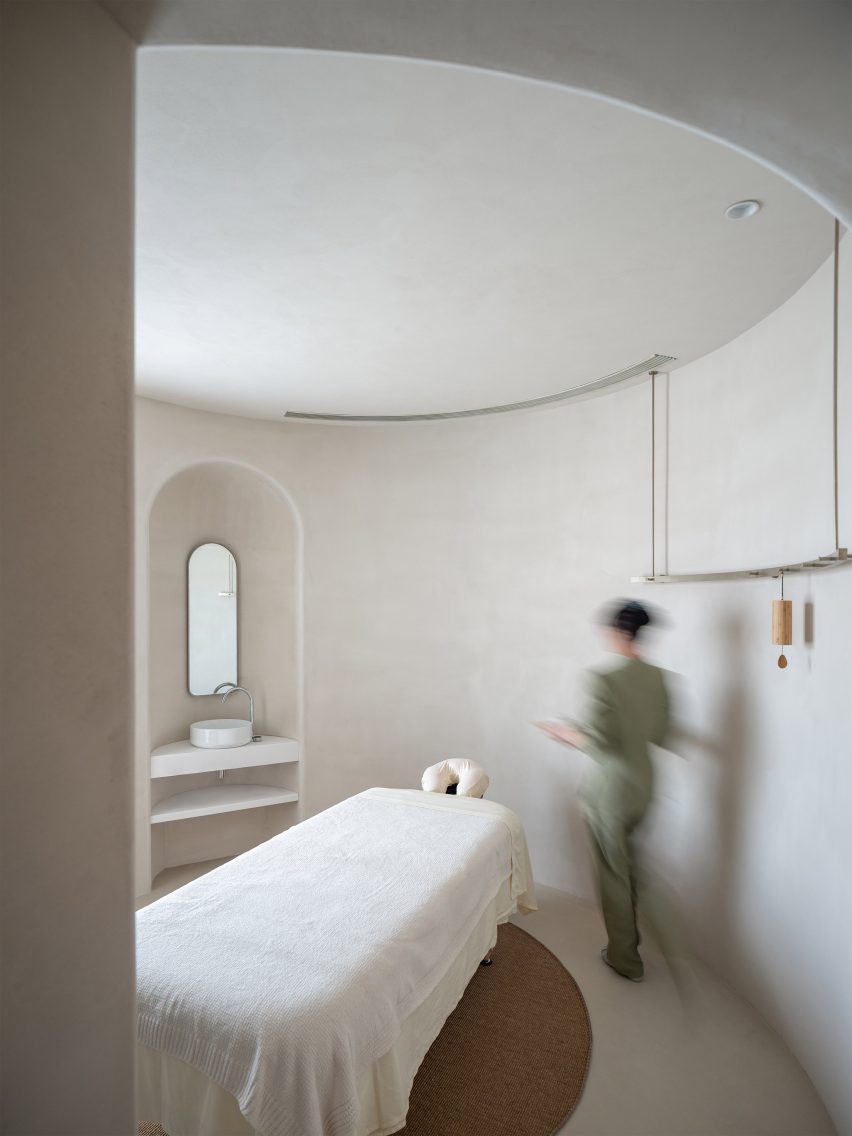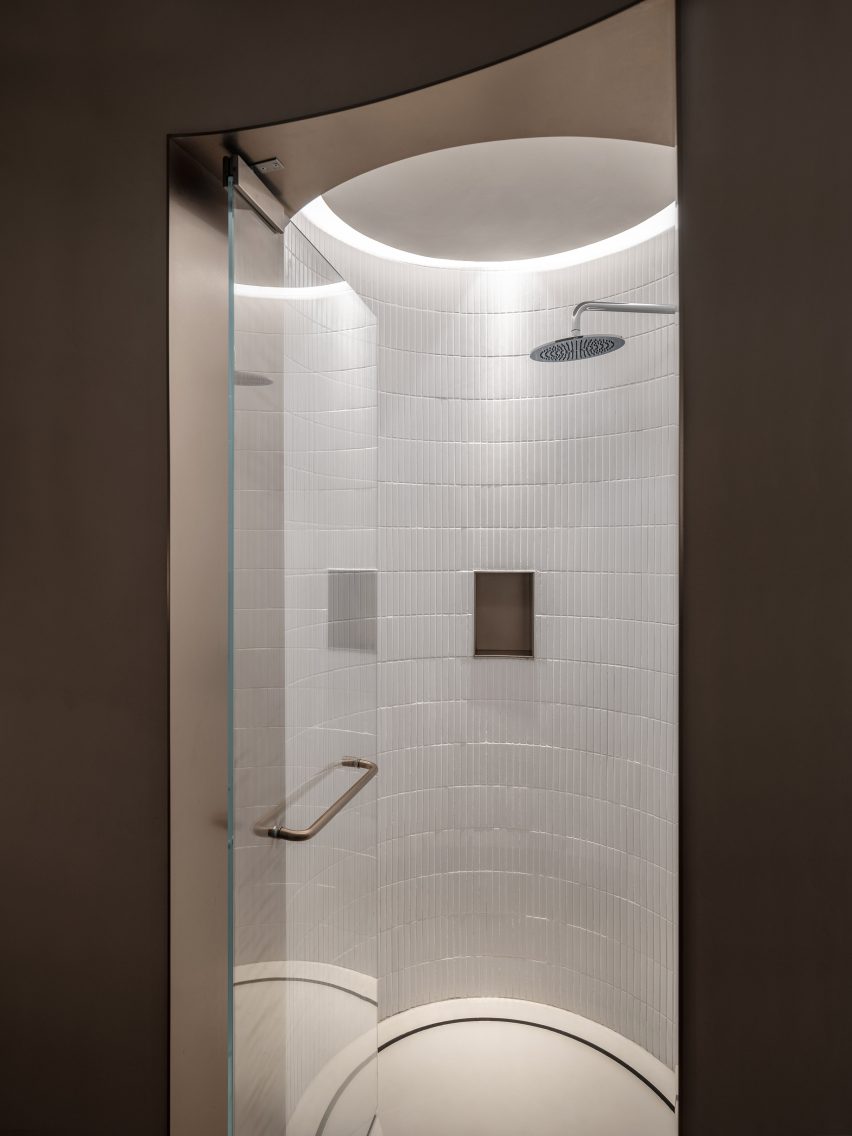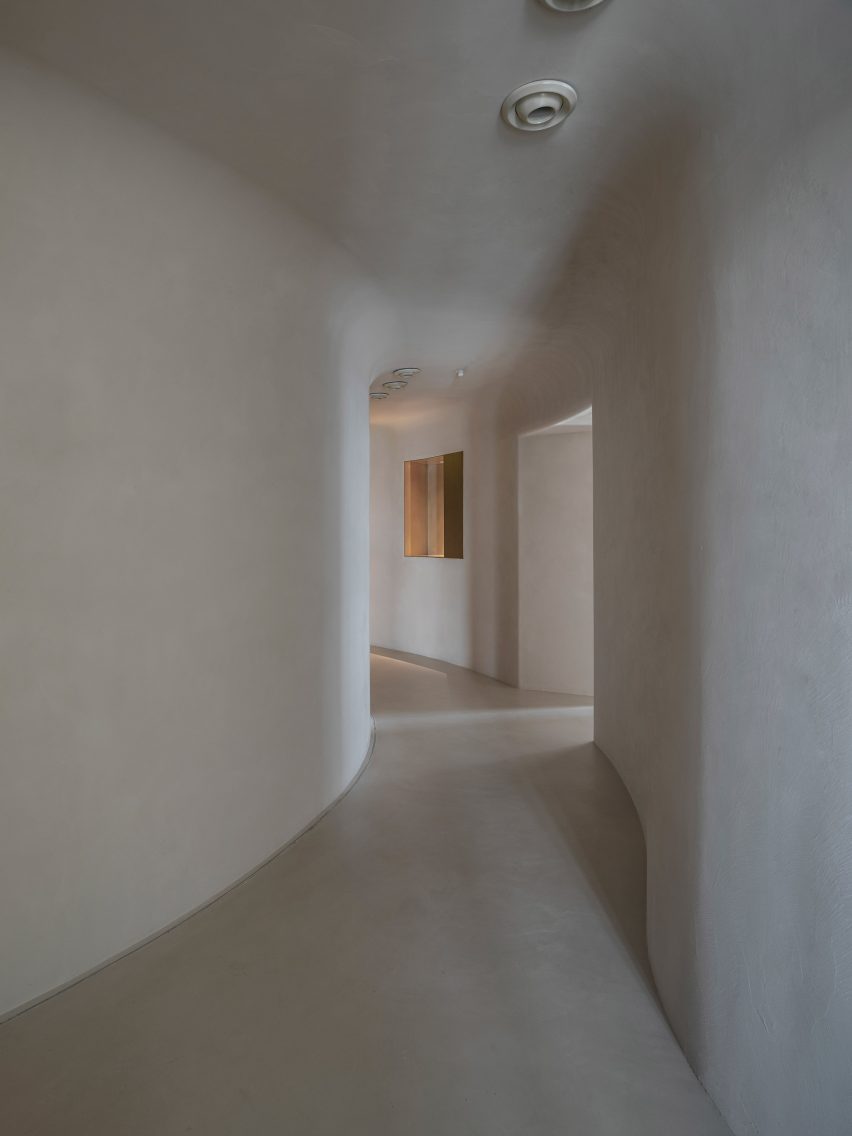A compostable clay cup replaces single-use plastic

Spotted: Every hour, people across Germany buy 320,000 hot drinks in single-use disposable cups. And although many manufacturers have been working to make their cups recyclable, the reality is that – in Germany and beyond – little single-use packaging actually gets recycled. German startup GaeaStar has come up with a novel approach to reducing the waste, having developed disposable cups made from clay.
GaeaStar has proposed to make its cups on a special 3D printer that can create a cup in 30 seconds or less. The company plans to use a micro-factory model, establishing cup-printing centres near customers and sourcing clay locally. GaeaStar even foresees restaurants and takeaway spots having their own tabletop printers, and the cups be easily etched with a corporate logo as part of the printing process.
The cups can be washed and reused as many times as customers want and when it’s time for disposal, the cup can simply be smashed or used as a plant pot. While many clay pots can take thousands of years to decompose, the GaeaStar cup is thin and made of unglazed and unfired clay, which means it will decompose fairly rapidly.
GaeaStar recently completed a $6.5 million (around €5.9 million) seed round from investors including Morningside and Dart Labs. This is on top of an earlier $1.7 million (around €1.6 million) pre-seed round. The funds will go, in part, towards introducing the clay cups into the US in a trial with the Verve coffee chain in California, and conducting a complete life-cycle analysis of the environmental cost of the clay cups.
3D printing is rapidly becoming an important tool in developing more sustainable products. In addition to printed reusable cups, Springwise has also spotted the technology used for the manufacture of biodegradable glass and to produce fully-recyclable, custom footwear.
Written By: Lisa Magloff

